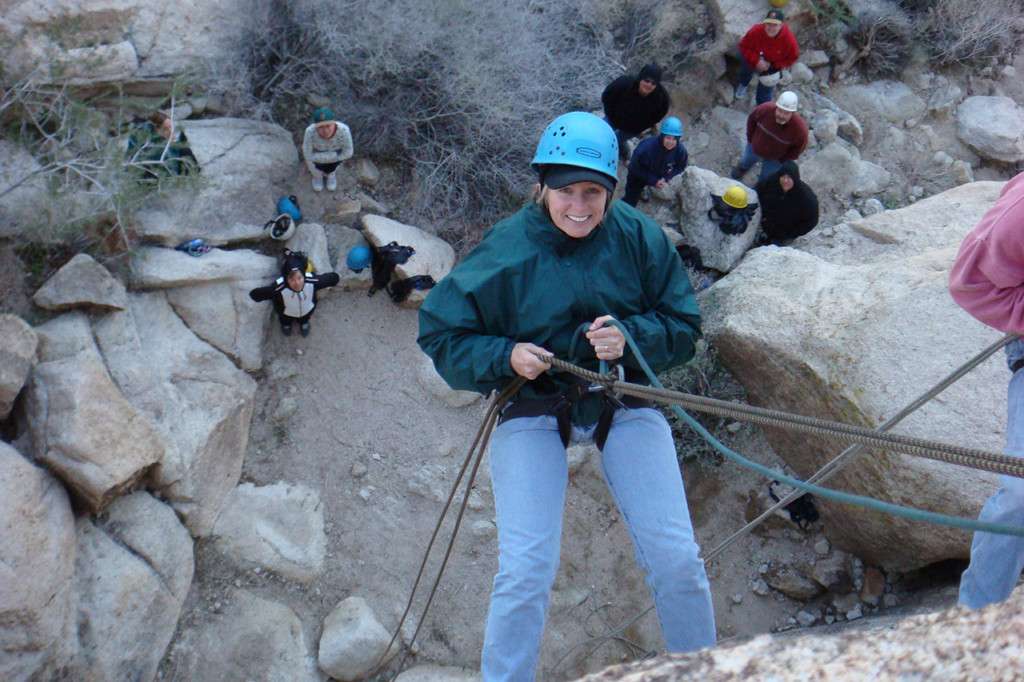On the first day of my Leadership, Change and Innovation class I ask my MBA students a few questions.
I first ask, ‘Why have we not seen an increase of transformational leaders proportionate to the amount of published content on the topic of leadership?’
 No hands go up.
No hands go up.
I then ask, ‘Who is a leader and how do they become that way?’
No hands go up.
Following on I ask, ‘How does one become a Servant Leader?’
No hands go up.
Finally, I ask my aspiring MBA students, ‘What is leadership?’
No hands go up.
“Leadership” is an ambiguous, highly misunderstood and frequently misused term.
Most leadership efforts and books communicate information but do little to facilitate transformation. One’s efforts are generally expressed in programs and activities that generally begin with much enthusiasm but decrease over time.
Most leadership books and diagnostic tools are the “what” but do not address the “why.” Most faith based leadership books address the characteristics and traits of biblical servant leadership but do little to ingrain those traits as a natural outflowing of one’s self.
Everyone is a leader both personally and professionally, but to what degree? The question is, ‘How are we influencing those around us?’
Through a series of personal assessments, self discovery, coaching and exploring new ideas, my clients move from assimilating information to being a catalyst for leading transformation in their own organizations.
Leadership is more than just making the tough decisions. Leadership is about orchestrating people around complex goals, engaging with people who choose to resist, gaining alignment from people with various interests and setting a path forward where skills and strengths are maximized toward a common goal.
Great leadership requires one to have a wide range of competencies and relationship skills and the character to hold the position of influence and to lead with integrity.
I believe leadership runs on two rails, one being competency and the other character. The most difficult person any of us will lead…is ourselves. Leadership skills can be learned but the heart must be formed.
Transformational leadership can be achieved by integrating a three dimensional approach of the professional, personal and spiritual. Our world is in desperate need of transformational leaders who being led by the Holy Spirit have conquered the battle within themselves.
Following the leadership of the Holy Spirit may feel counterintuitive and at times unnatural.
I learned a valuable insight about that in the above picture of me rappelling down a mountainside. As part of my Masters in Organizational Leadership program at Biola University, we camped out in the desert for three days.
I had never been rappelling, but I had to quickly learn – and unlearn at the same time. To effectively, smoothly and safely get down the mountainside I had to act counterintuitively.
Naturally I wanted to walk down the mountainside vertically as it felt safer and more in control. That was clumsy at best as I kept crashing into the wall. Making little sense to my rational self and what felt natural, I took the guide’s advice and angled my body 90 degrees so that I was horizontal to the ground 100 feet below. Not only was this actually safer and much smoother – it was exciting!
My clients view leadership in light of organizational growth and developing a culture of innovation. Morale increases, productivity improves, individuals working in jobs that best match their talents and abilities and God is honored as we effectively steward our influence and responsibility.
Additional information on how I would work with individuals or groups is available in Coaching and Consulting Services.
Additional information on workshop and speaking topics is available in Speaking Services.
Additional information on Leadership, Management and Transformational Leadership is available in Resources.
